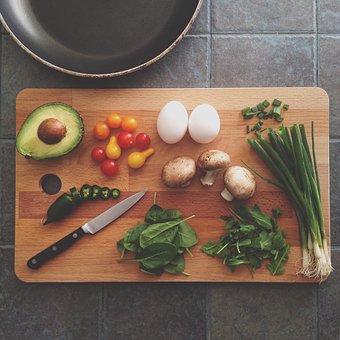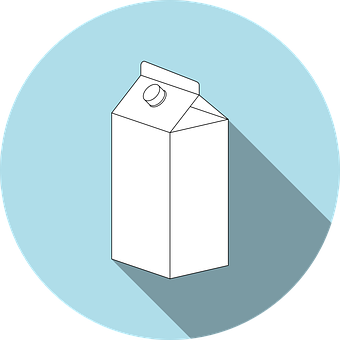These 5 tips will give you a new approach to cutting down on food waste

Cutting down on food waste helps the environment in a number of key ways. Most obviously, it saves the resources and energy that go into producing unneeded food at every step of the supply chain, from farming to packaging to shipping. Plus, food that winds up rotting in landfills produces methane, one of the most potent greenhouses gasses.
Need some tips on how to cut food waste in your kitchen? Here are 5 clever ones.
First tip: Buy only what you need. Think critically about what you buy, avoid buying on impulse, and don’t buy too much fresh food that will go bad before you have time to eat it. If you need to buy in bulk, go for frozen or canned produce, which can be stored much longer and is often just as nutritious as fresh fruits and veggies.
Second tip: Get your pantry and refrigerator organized. Put the more perishable foods up front, so that you’re reminded of what needs to be eaten first. And don’t forget to store perishable items in a place where they won’t spoil quickly.
Third tip: Learn what labels really mean. A study published earlier this year found that the majority of Americans sometimes toss packaged food when it gets close to its “sell by” and “use by” date, even though these labels are not federally regulated. A better strategy, the USDA says, is to look for changes in color, flavor, texture or smell, which may indicate that a food has gone bad.
Fourth tip: Consider a meal kit, which comes with pre-portioned ingredients needed to make home-cooked dishes. Although extra packaging is involved with this, it will make sure you don’t waste food.
Fifth tip: Keep portions moderate. Overeating is also a “form of food waste”- with excess body weight corresponding to 140 billion pounds of food waste globally. READ MORE
Aloe Cadabra – each tube is carefully filled over 95% Full of Organic Aloe Vera to moisturize and sooth.
Moisturize
Lubricate
Replenish




